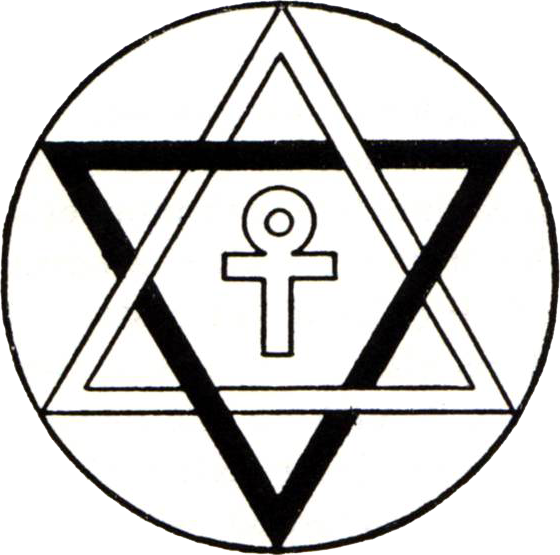
Good Fences, or On Being a Holon
I appreciated Phillip Moffit’s article Good Fences, and found that it articulated an awareness I’ve been cultivating for some time: namely, that strong and healthy boundaries are essential to good relationships. And what is relationship, but a study in boundaries?
I appreciate Ken Wilbur’s observation that we are all “holons”, units that are simultaneously individual and yet also part of a larger organism or system at the same time. This seems to be true of every unit in the creation, whether atoms, molecules, cells, selves, planets, or what have you. In order to function as part of the whole, we actually need to maintain our integrity as an individual. And we need to be dynamic, adaptable, able to give and receive in ways that are healthy, while protecting ourselves from energies that are toxic.
With fifty-some-odd years of field work in this incarnation, I’ve gotten a fair amount of practice and learning through trial and error about what a “good fence” looks and feels like. I’ve seen the challenge of maintaining healthy boundaries play out in relationships with parents, friends, lovers, spouses (haha, yes, plural), clients, spiritual teachers and communities, children, and even strangers and people I’ve never met who still seem to occupy a place in my psychic landscape.
One thing seems clear: that to be truly capable of setting and maintaining good boundaries, we have to know who we are and where our center lies. Of course, discovering and knowing oneself might be a life’s work and an ongoing quest, and maybe we get our initial sense by trying out boundaries, crossing them, having them crossed, and learning first hand what feels “right”. Or upright as I like to think of it: balanced, poised, natural.
I believe that as we get to know ourselves, we become more aware of our unique “tone”, a vibration that is distinctly us, our own one-of-a-kind snowflake pattern. When our boundaries are healthy and we are being true to ourselves, there’s a hum of goodness. When our boundaries are transgressed, or when we lose alignment with our true north, things feel decidedly wrong.
Contemplation on ahimsa and satya reveal that in addition to the more flagrant instances of violence and untruthfulness that damage our boundaries and relationships with others in obvious ways, there are layers of more subtle violence and falsehoods that can skew our sense of who we are, and where our center lies. In my last article I wrote of becoming aware of how I had historically hated my body, pushing large dimensions of it out of my awareness because I would rather ignore them than go into a dark and unfamiliar place. In a similar way, the stories that we tell about ourselves may be a kind of untruth, that draws us as this or that, distorted lines that don’t mark our true boundaries at all.
The awakened ones teach that in truth, in our innermost nature we are limitless. And yet, paradoxically perhaps, in our experience in time and space, we explore limits, and at the denser levels at least, there seems to be a place where the self ends and other-selves begin. Right relating to that which seems to be other-than-self seems to be a key practice, and, I expect, a pathway to discovering that identity which transcends boundary and reveals the underlying unity. It is a practice of love, of giving freely, and of wisdom, knowing when to draw the boundary aright, step back and re-fill, so that we can sustain ourselves and return again to give our truest and best gifts.
